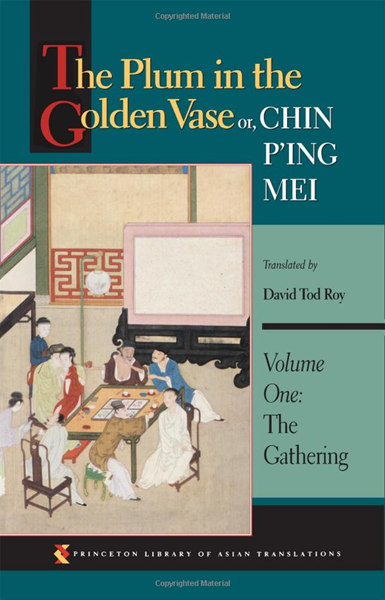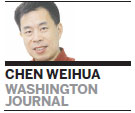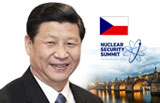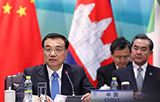David Roy dies, was legendary translator of Chin P'ing Mei
By Chen Weihua (China Daily USA) Updated: 2016-05-31 11:02
 |
|
Chin P'ing Me (The Plum in the Golden Vase), David Roy's lifelong passion. Provided to China Daily |
Sad news came on Monday morning via WeChat that David Tod Roy, a professor emeritus in East Asian languages and civilizations at the University of Chicago, died early in the morning.
The message, from The Paper, a Shanghai-based news portal, has been reposted by many people I know. They expressed their condolences with signs of tears and prayers.
The headline, which described him as someone who had spent 30 years translating Chin P'ing Mei, or The Plum in the Golden Vase, is simply impressive enough for many Chinese.
Most Chinese can hardly read the book written in ancient Chinese, so it would be a surprise that it was translated into English by a laowai (foreigner).
Chin P'ing Mei, written anonymously in 1618, has been widely regarded by some as a milestone in the history of Chinese novels and dubbed the "ancestor of A Dream of Red Mansion" by Chairman Mao but also officially condemned in China as pornography and banned under Mao.
One of my colleagues told me on Tuesday that when she checked out the book in her school library a few years back, she found it was abridged, with notes saying certain pornographic content was cut.
As recently as April, the Beijing municipal authorities raided an illegal print shop in the city's Tongzhou District "based on tips that pornography book Chin P'ing Mei was being printed there. The authorities confiscated 120 copies of the book, based on a manuscript of the book from the Emperor Qianlong (1711-1799) era.
I had long hoped to interview David Roy about his amazing work, but that's now become a regret.

In a 2013 interview with J. Stapleton Roy, the former US ambassador to China and David Roy's younger brother, I was told that the fifth and final volume of the English translation would be published. But I still teased, saying it's still considered pornography by many in China.
"The fact that it is printed by Princeton University Press suggests that it is not considered to be pornography in the United States," said Stapleton Roy, laughing.
In fact, the two brothers are not really that much laowai. Both were born in Nanjing of East China's Jiangsu province in the first half of the 1930s to their Presbyterian missionary parents, who went to China in 1930.
David was born in 1933. The family returned to the US on furlough in 1936. When the War of Resistance against Japanese Aggression broke out in 1937, the University of Nanjing moved to Chengdu in West China's Sichuan province. So when the family returned in 1938, they stayed in Chengdu until 1945.
In a feature posted on the University of Chicago website, David Roy said that the two brothers didn't have any formal schooling between 1939 and 1945.
The family again returned to the US while the father, Andrew Roy, got his PhD at Princeton University from 1945 to 1948. When they again returned to China in 1948, the brothers went to the boarding school at the Shanghai American School.
While most parents withdrew their children from the school and returned to the US or wherever they came from, the Roy family stayed.
"By May 1949, when the Communists took the city, there were only 16 of us left out of the original 400. In fact, I took my final exam in 10th-grade geometry the day the Communists marched into Shanghai," wrote David Roy.
The family's experience in China after 1949 was tortuous, but the brothers made huge progress in Chinese.





